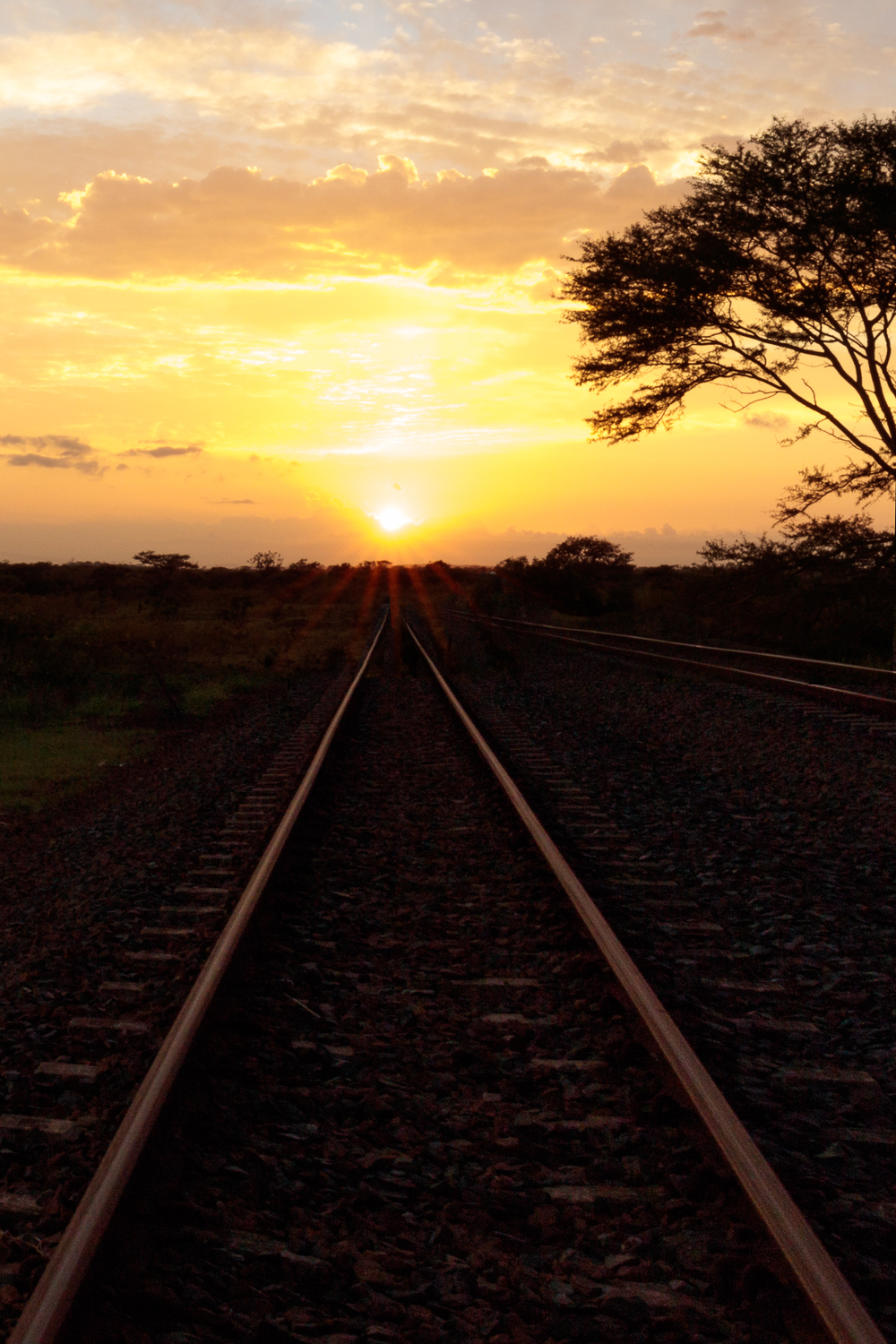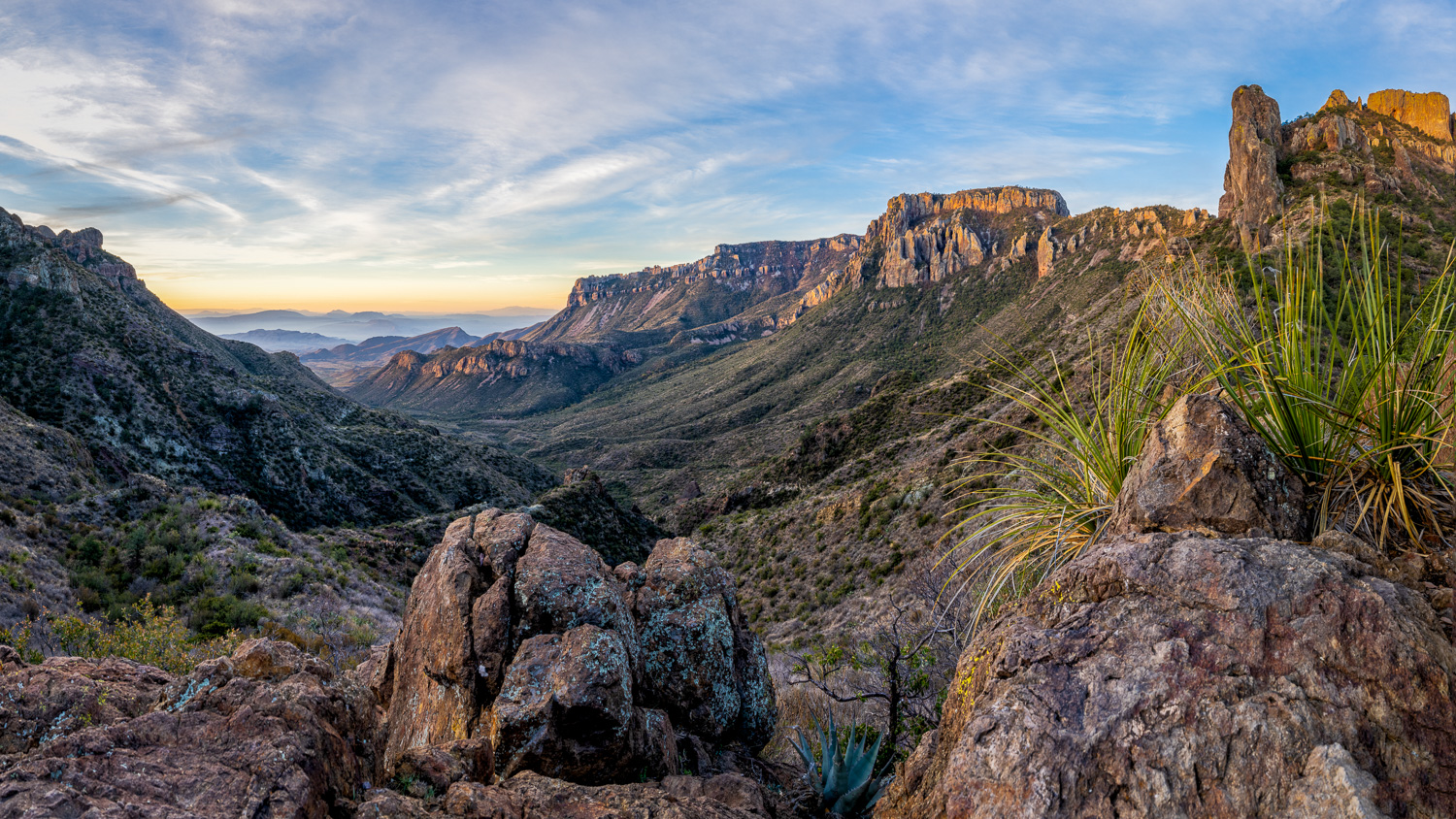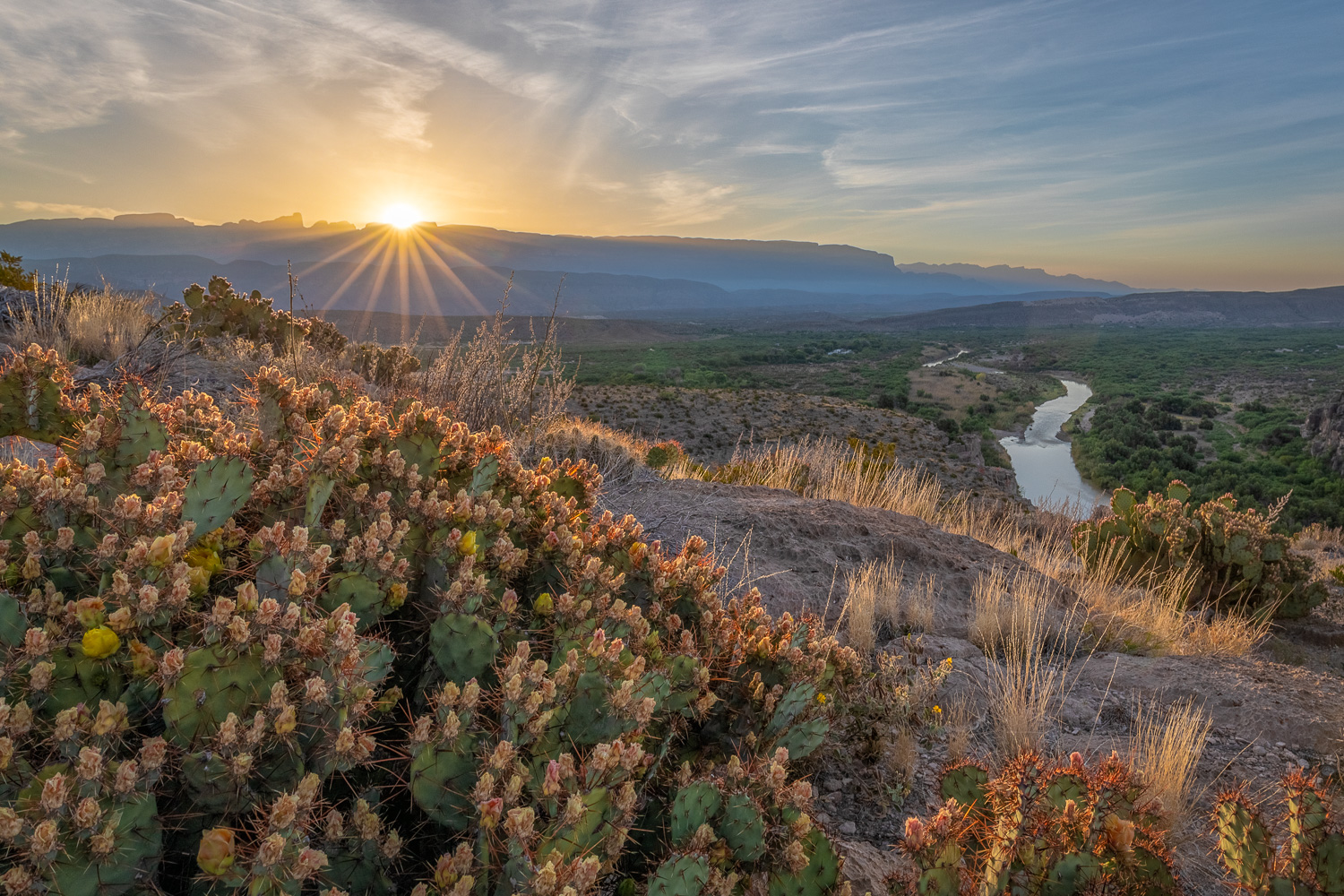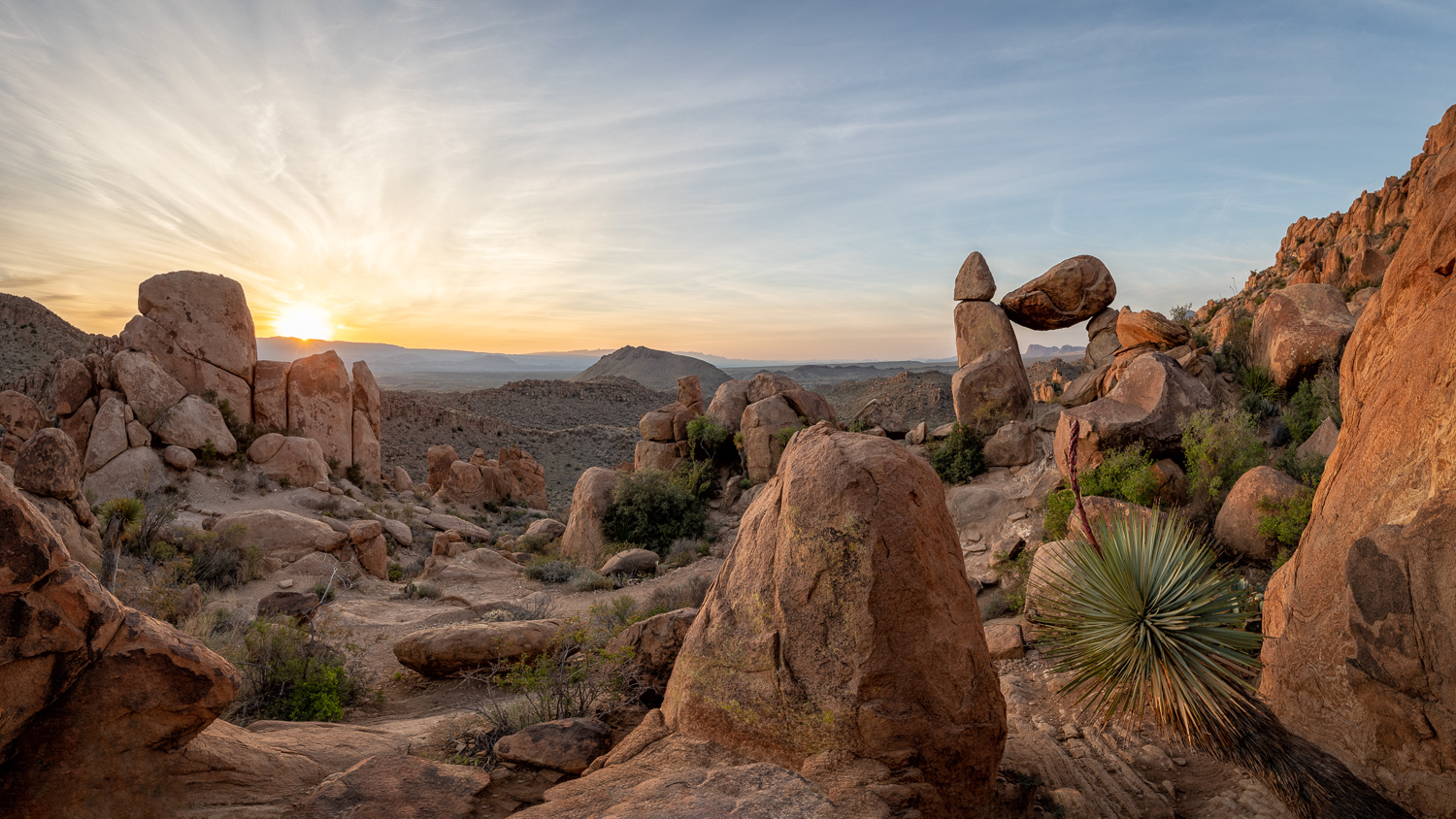There have been many discussions recently among the photography community about professional photographers altering photographs in order to achieve their objective. At the center of this controversy is the world renown National Geographic photographer Steve McCurry. He was accused of using Photoshop to alter some of his photographs in order to make them more appealing. PetaPixel recently posted an article detailing this “scandal”. I have also seen some photographers use techniques to oversaturate their photographs because they can sell more prints. I struggle with this topic as I’ve always strived to reproduce what I saw. Of course, sometimes I miss the mark but I try to keep it “realistic”.
I “created” the photograph below in Photoshop. It’s actually parts of one photograph that I have rearranged to create a “better” photo. When I was in South Africa I was photographing a sunrise that I called Zulu Sunrise. My original composition included the railroad tracks but I realized that the sun was going to be too far to the left so I had to reposition my camera left of the tracks. I really wanted the sun to be in the middle of the tracks as the tracks disappeared into the sunrise. So, I made a new photo with the design I had in mind. Is this wrong? Is this cheating? What is your opinion about this type of work? What if I had painted it instead of photographed it? Would you think any differently? So many questions today… :)

This image was taken with my Canon EOS 5DS using my Canon EF 16-35mm f/4 Lens set on 16mm. The camera was set on Aperture priority mode with the aperture set at f/22, shutter speed at 1/20th of a second and the ISO set at 100. This image was created using two parts of a single image processed in Lightroom and Photoshop.
You can see other landscape photographs in my landscape collection by clicking here. Please use the section below to post your comments, questions or suggestions.
You can also follow my work on Google+ and Facebook.
PS: Please don’t respond to this message as it will not reach me. Either post a comment or forward your response to my email address (terry@tkahler.com).



Critics might be jealous that they don’t have the Photoshop skills or patience to do this…. Anyway, photographs can be art and there is nothing wrong with using the tools available to express the vision of the photographer. When the photographer is honest about the processing it is refreshing. Many of the things one sees on the web or in galleries are highly manipulated and/or processed with no “truth in advertising”, but they sell and that is name of the game especially for professionals. As a trivial example, postcards have always been oversaturated.
Thanks for the comment Tom. I agree, disclosure is a must, otherwise, it leaves the impression that it’s a “real” photograph and people will always be puzzled as to why their photos are so “bad” and ask “why can’t I do that?”.
Is it wrong or cheating? No. But the photo community could/should create a “truth in picture” or “truth in photography” (“tip”) designation for digitally enhanced (“DE”).
A good picture is a good picture, DE or not, but a simple designation could quell the controversy.
Maybe should trademark some variation of “tip DE” and get a penny a picture for its use if the solution to the controversy can be monetized. You could buy [fill in the blank] with the revenues.
Great idea Dan! :)
Photography is another form of art so I have no problem. Also changing exposure changes the image – so my image would be different and not as good. Neither would be exactly what your retina would see either.
Another good point Blaine.
Very tough to figure out sometimes when it stops being an attempt to accurately represent what your eye sees and starts to become manipulation. I struggle with the concept of composites while still thinking they are a viable art form. Your finished product above is excellent.
Would you, as the artist, have been happier in yourself if you had the freedom to revisit the site at different times of the year and get the composition you were hoping for? (Assuming it ever shifted enough for the shot to present itself)
A photo that you have created by definition is open to the tools of the artist.
With all that said… How do you feel about the photo journalist that got caught posing a child at the Brussels memorial?
http://petapixel.com/2016/03/24/photojournalist-caught-posing-girl-brussels-memorial/
For me that is more egregious than anything Steve McCurry and his team might have done to improve his art.
Thanks Lucas. Yes, I would be much happier if I were able to capture the actual image vs. making it happen. I guess there is a “thrill of the hunt” element. I like the planning process and I particularly enjoy it when I nail it.
Photojournalism is a completely different animal. In the case of the posing child it’s hard to say whether or not that was real. The child could have done that and he missed the photo so he tried to recreate it. That’s one thing. Fabrication is another thing. If the child never did that and he thought it would sell his photo then I’m not for that. We already have too much press manipulation these days…
I agree with all of that. In all cases it is all about telling the story. I think you have more leeway when creating a photo to tell the story as you envision it.
In the case of photojournalism you are documenting the story. So in that instance missed shot re-creation makes sense.
I think everyone has their own level of comfort but i don’t think it is black and white. Real versus story versus pure fantasy. (Looking at you April fools moon composite) :)
I do think Steve McCurry made it worse for himself by initially stating that it was not something he would do or countenance being done. Left him open to the circling pixel peepers.
Agreed. Steve is taking a beating for it. I guess he was held to a very high standard which originated when tools were less available and harder to use. Composing and exposing to perfection was the norm. Now, it’s shoot and fix.
Does not disclosure of alteration resolve the issue?
It does but I guess the question is how do you disclose that you did that. Experienced photographers but not the viewer/customer.
Ah, there’s the rub!